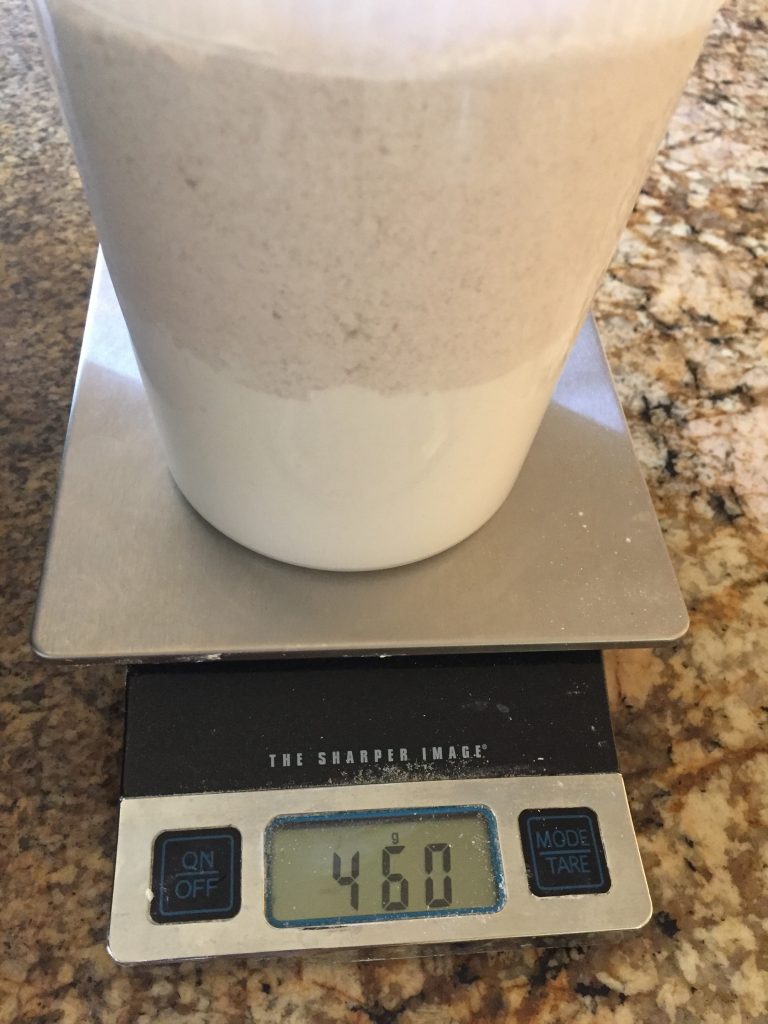

Lets review percentages briefly before moving on. For example, a recipe containing 1 1/4 cups of water (10 ounces) and 3 cups of all-purpose flour (15 ounces) will have a 67 percent (10/15 x 100 = 67) hydration level, indicating a moderately airy crumb. Bakers percentages give the weight of each ingredient as a percentage of the total weight of flour used. Divide the weight of the water by the weight of the flour and then multiply the result by 100. To calculate the hydration level of a conventional recipe, first weigh the flour and water or other liquid. (Generally speaking, the more water in the dough, the more open the crumb.) Sandwich-bread dough with a typical 60 percent hydration (6 parts liquid to 10 parts flour), for example, yields a loaf with a denser, closed crumb, whereas the 80 percent hydration level of a rustic Italian loaf such as ciabatta (8 parts water to 10 parts flour) is responsible for its airy crumb and large, irregular holes. Perhaps the most important part of a baker’s percentage formula is the weight of the water (or other liquid) relative to the weight of the flour, since the hydration level helps the baker predict the texture of the crumb. Low hydration dough will require more kneading to get all the gluten developed. 58-65 Most loaf breads and baguettes 65-80 - Rustic wet and sticky dough like focaccia or ciabatta The amount of water in the dough is called the Hydration of the dough.

And once weights are calculated, scaling recipes up or down is a simple matter of multiplication or division. Here are some common liquid percentages: 50-57- Very stiff dough. One advantage of the system: It allows for easy conversion into pounds, ounces, kilograms, or grams. It presents the quantity of each ingredient as a percentage of the amount of flour, which is always set at 100 percent. The system known as baker’s percentages (or baker’s math) was once reserved for professionals but has recently gained popularity in home-baking books.


 0 kommentar(er)
0 kommentar(er)
